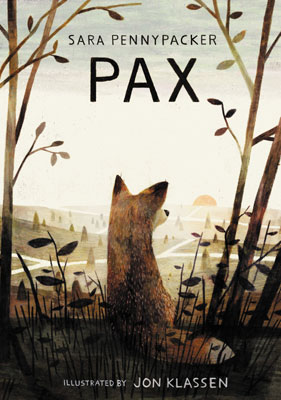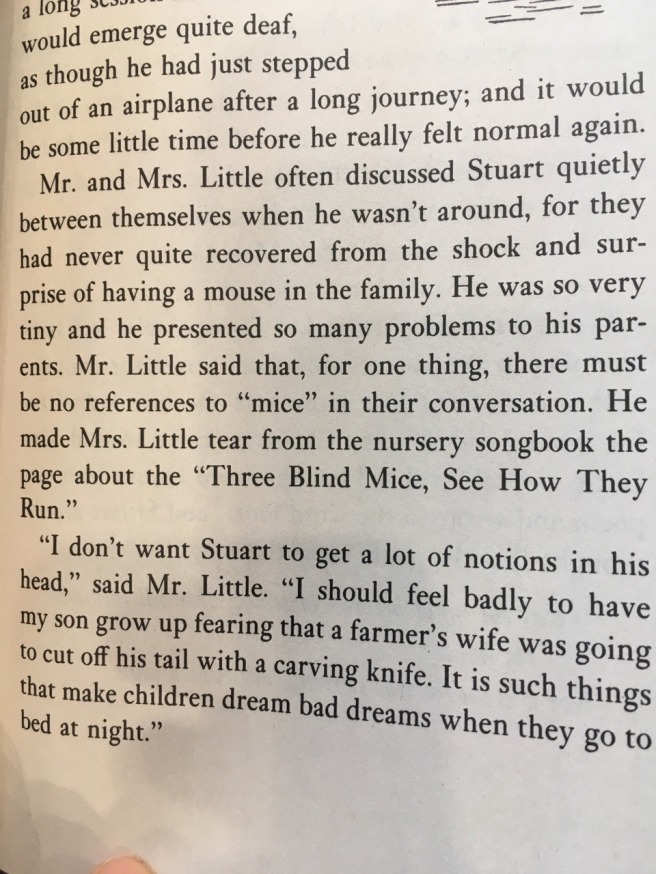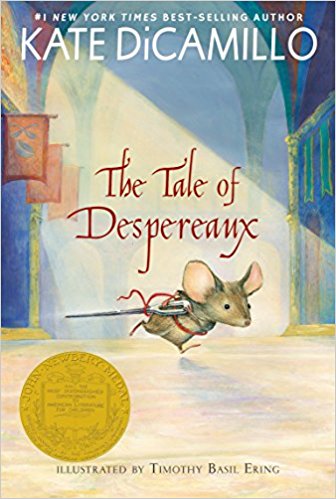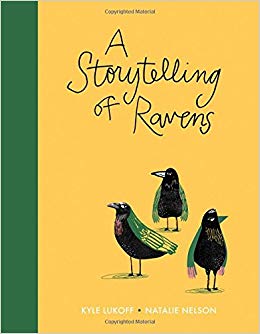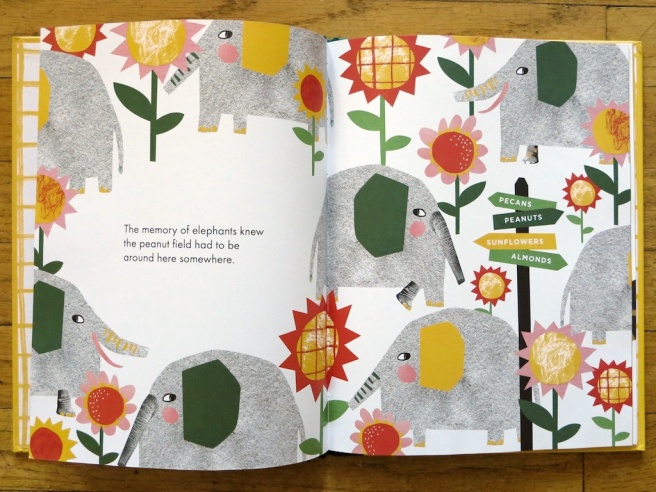Books for Ages 8-10: Mice Books
When I was in elementary school, I was not an especially small child, but I was an especially strange one, and mice and other small creatures were irresistible to me because they could be strange and funny while retaining heroic traits. This was true in books like Avi’s Ragweed, where they had their own cultures and animal lives, but even more so when they took on human tasks or tried to live as people in the human world. Mice, like me, found being around people a romantic but dangerous and difficult project. My two favorite mouse books, out of many, were Stuart Little and The Tale of Desperaux, because both featured sensitive, particular, artistic, intelligent, but very brave mice, whose success at living unusual but happy lives I deeply admired.
Stuart Little by E.B White.
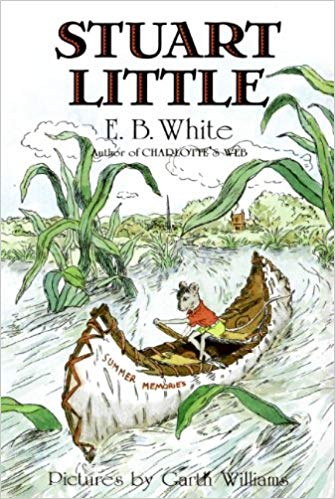
1945. New York, NY: Harper & Row.
ISBN: 9780008139421
136 pages.
If you are only familiar with the 1999 movie of the same title, you might be surprised by the content of this novel. While Stuart does come into possession of a car, the mouse in this book is quite different from his cinema twin. For one thing, he’s terribly dashing and popular with everyone he meets. For another, he is not technically a mouse–he is the natural child of Mr. and Mrs. Little, two human parents, though he does look, in every respect, like a mouse. Stuart grows up with a full awareness of his physical limitations, but also develops a complex system of workarounds so that he can keep up with his human family. Devoted to physical fitness and to total propriety and manners, he is a little boring–until he falls in love with a bird who may be in danger, and risks his life to save her. Shortly after that, Stuart develops an unexplained sense that his life with his family is unfulfilling, and sets out to make his own way in the world completely alone, in his small car.
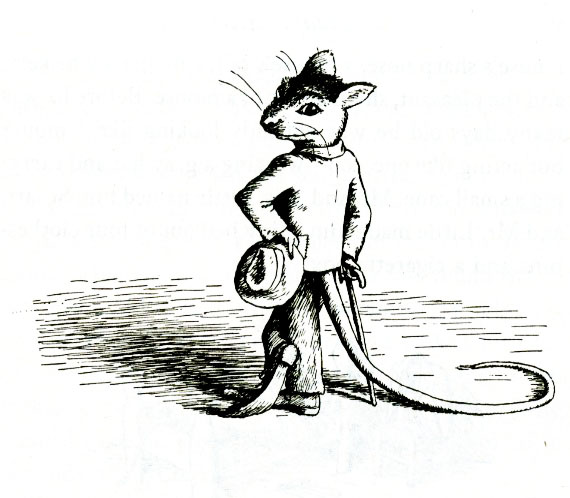
This book is about the strength and intelligence that come with having a physical or social disability which causes people to look at you as if you are not human. Stuart works too hard to convince people of his competence (his ability to do things), but it does work. Through ingenuity and a mastery of other people’s rules, he gets his way almost all of the time and forges a life that his parents would have thought impossible. His charisma allows him to charm his way out of death, into jobs, and into hearts, though it remains hard for Stuart to find anyone else to relate to in the way he needs. This is an adventurous book full of hijinks, survival skills, daring rescues, and problem-solving, with a kind but alienated child prodigy as its hero. Perfect for fans of The Boxcar Children, From The Mixed Up Files of Mrs Basil E Frankweiler, or Matilda.
The Tale of Despereaux by Kate DiCamillo
2003.
New York, NY: Candlewick Press.
ISBN: 9780763680893
272 Pages.
Despereaux’s name means “disappointment.” As he grows, Despereaux becomes more and more distant from the mice who raised him, because he loves human music and teaches himself to read. Rearing himself on human stories, the young mouse sets himself up for trouble; when he finally runs into the princess that lives in the castle his family infests, he falls instantly in love with her. This enrages the human king and mouse society. After being tried in mouse court, Despereaux is banished to the dungeon, where he is saved by a jailer who loves stories.
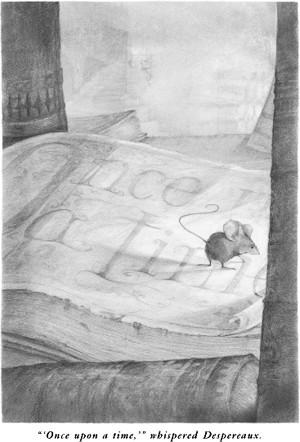
Despereaux’s story is bigger than just one mouse, however. The novel explores three central characters, all of whom have dreams bigger than the fate people tell them they have, and all of whom are trapped in the dark, terrible castle dungeon. A bitter, artistic rat named Roscuro has a story much like Despereaux’s–entranced by light, sound, art and color, he threw himself into the human world and in a tragic accident, killed the old queen. Roscuro now seeks revenge for his long imprisonment, with the help of a hardworking kitchen girl named Mig who has suffered unimaginable abuse and dreams of escaping her hard life by becoming a princess. Despereaux is drawn into their plan because he happens to overhear that in order to get what they want, Roscuro and Mig plan to kidnap and imprison the princess he loves.
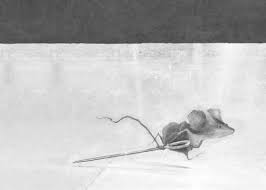
This book is gripping in a way that has everything to do with its complicated plot and hidden mysteries which gradually unfold as the book goes on. One word for it is GOTHIC, which means it is a book with a wronged hero, a beautiful love interest, a big dungeon, some death, and many many people with dark pasts. While the lovable, brave, and sensitive mouse is the hero of this story, the author works to make sure that you know that all three of the central characters have heroic instincts and vivid goals, motivations, and dreams. One thing they all confront is the profound unfairness of human society and imprisonment. Perfect for fans of books with intrigue, betrayal, and complicated characters–such as Lemony Snicket’s Series of Unfortunate Events, Goose Girl by Shannon Hale, or Two Princesses of Bamarre by Gail Carson Levine.
